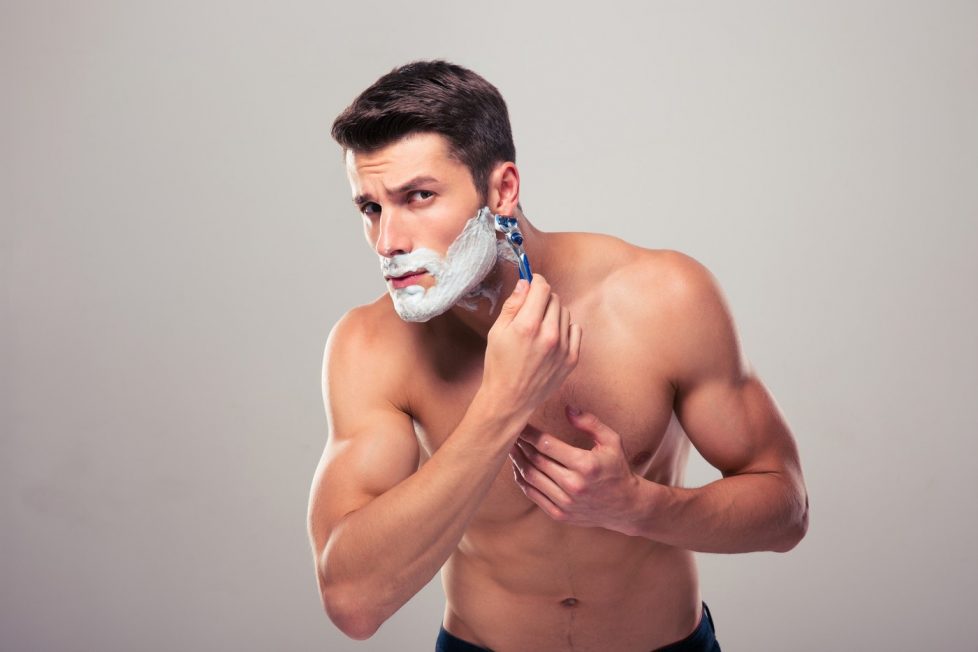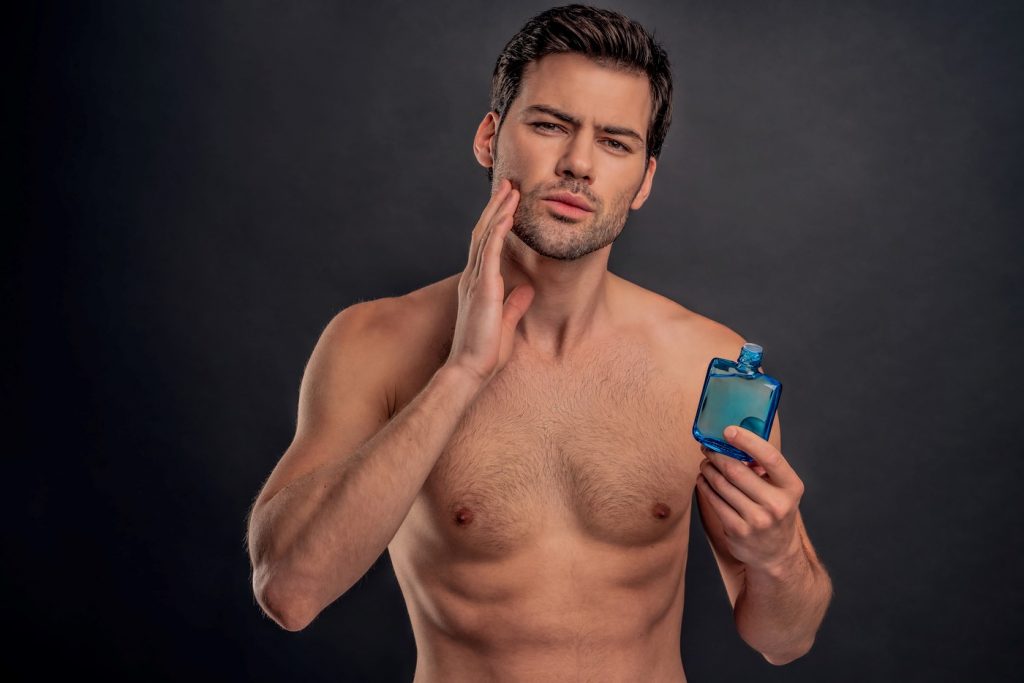Shaving tips if you have sensitive skin
The correct shaving tips to help make your shaving ritual more enjoyable are crucial if you have sensitive skin.

The correct shaving tips to help make your shaving ritual more enjoyable are crucial if you have sensitive skin.

It’s a fact of life; some people have more sensitive skin than others and they must follow the correct shaving tips to avoid skin damages when shaving. But luckily the solutions to make shaving easier on sensitive skin are quiet simple. Having sensitive skin can be a challenge, but shaving doesn’t need to be uncomfortable. It can be a relaxing way of actually improving the way your sensitive skin feels by providing it with moisture and relief from irritation. Using the right tools, the right products, and treating your skin with a little care will go a long way in making your sensitive skin feel damned fantastic.
Shaving with sensitive skin will require one to take a little more care and to slow down, but the challenges are easily overcome. Apply the below shaving tips to sensitive skin anywhere – whether you struggle with sensitivity on your face, legs, or head.

This is one of the best shaving tips to follow: a smooth, comfortable shave starts with good preparation. The first thing to do is splash your face gently with warm (not hot!) water. This will open up your pores and soften your facial hair, so that you can shave with less irritation. A great time to shave is when you’re taking a shower – or just afterwards. Your skin will be warm and moist and your hair will be easier to cut.
This is the reason that a barber will apply a hot towel to your face when you have a professional shave. You can use the same principal yourself at home. Just use a warm wrung out washcloth to gently heat your skin.
This softens up your whiskers and open your pores, making it easier for the razor to glide smoothly across your face and effortlessly slice through the hairs. This is vital for preventing irritation: The less pressure you apply while shaving, the less likely you are to end up with a face covered in razor
We recommend changing your blade often. An old, dull blade can cause cuts to happen more frequently: as your razor ages, water and pressure combine to corrode its finely honed edge, leaving it blunted and uneven, so rather than distributing its pressure uniformly, these tiny sharp crags and grooves on the razor act like a serrated knife on your skin. Follow this shaving tips and change out your blades more frequently than someone with less sensitive skin, as a dull blade will grab at the hair more, causing redness. Every two to three shaves is best.
Choose shave creams instead of alcohol-based foams, since they provide moisture, which can help reduce irritation. The type of cream you use is down to personal preference: shave cream is traditional for a pillowy, smooth shave, but those who want to be able to see where they’re shaving more clearly — if, for example, they’re experimenting with some different beard styles — may want to try a soft, transparent shave butter instead.
Go with the flow, by shaving with the grain you will avoid tugging at your follicles and in turn will reduce any redness. This shaving tip must be followed as one of the simplest ways to drastically cut down on irritation is to always make sure to shave with the grain — that is, to shave in the direction that your hair is growing (as a general, more simplified rule, you want to shave with downward strokes on your face and upward strokes on your neck). This also helps reduce ingrown hairs, since shaving against the grain creates sharp angles that get stuck underneath the skin.
A shave isn’t over when you put the razor down — proper aftercare soothes your skin to prevent irritation. Follow your shave with a cold water rinse. This helps close the pores and reduce inflammation. Then apply an aftershave or balm that’s made especially for sensitive skin. Since shaving is a natural exfoliant, make sure you always apply a gentle alcohol-free post shave-cream afterwards to put back what you took out by shaving.
A major cause of shaving-related breakouts is dry skin. The sudden addition of moisture-rich shaving cream to dry skin can clog pores. Maintaining your skin’s moisture content with a daily lotion will help, but be sure to choose one formulated for sensitive skin. This shaving tip will help to soothe, nourish and hydrate your skin.
If shaving irritates your skin no matter what, then use electric clippers that don’t cut right at the surface of the skin. This will keep your beard neat and trimmed without excessive irritation.
